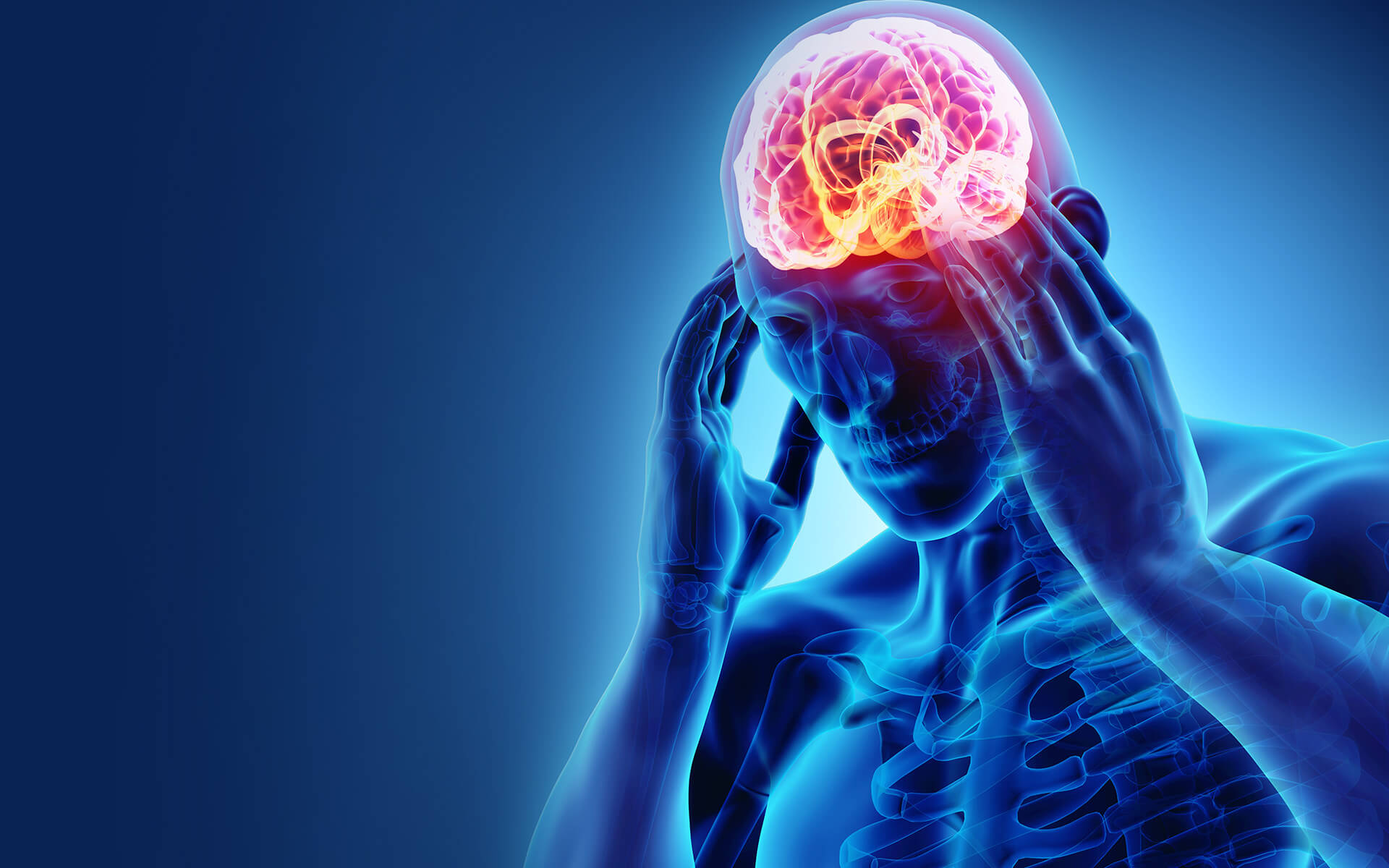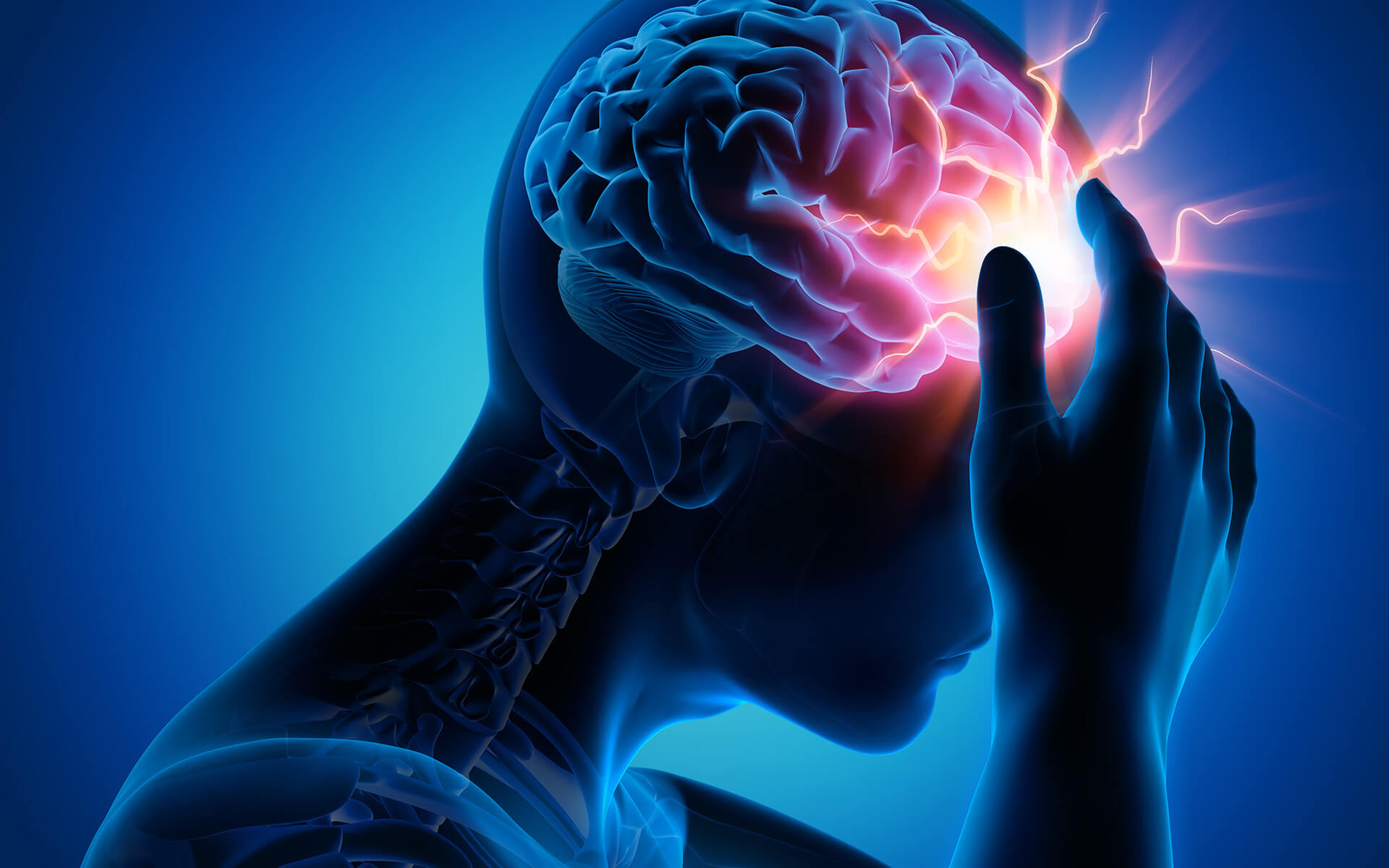Everyone understands the pain and pressure that comes with a headache. The pain can be dull or sharp, causing anything from mild inconvenience to debilitating pressure. When headaches are severe and chronic, they can significantly impact your life.
There are as many as 150 different types of headaches. Tension or stress headaches are the most common, followed by migraines. Other types include occipital neuralgia, post-traumatic headache, TMJ headaches, and cervicogenic.
You don’t have to live with the pain of headaches or migraines. At The Institute for Advanced Reconstruction, we have been pioneers in breakthrough treatments using Botox® and nerve decompression surgery, providing patients with the relief they seek



-1.jpg)
















-1.jpg?width=113)

